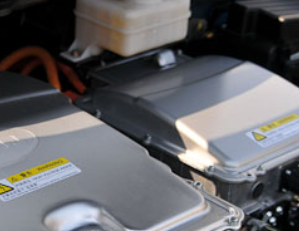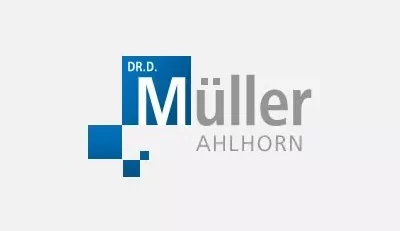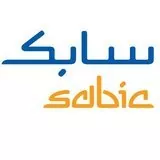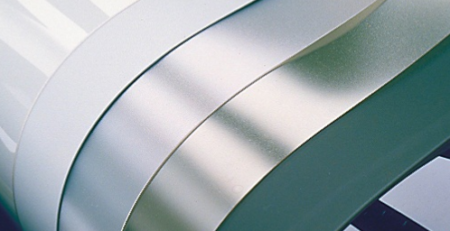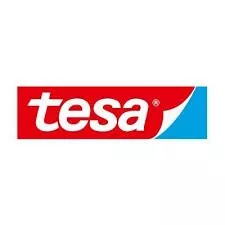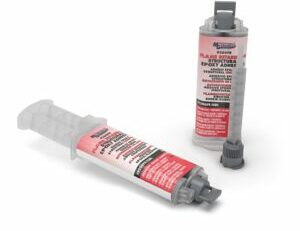Mica: a traditional material for the electronics industry
Mica is one of the materials used in electrical engineering that can be found in many electric motors, generators and transformers. Especially in heavily used areas: high voltage and high temperature.
What is mica?
Mica is so named because of its shimmering and shiny appearance. The different types of mica can be easily distinguished by their color. Muscovite mica has a light appearance and phlogopite mica has a dark appearance. Mica, also known as mica, is a mined mineral. It belongs to the monoclinic crystal system and consists of alkaline aluminum silicates of different composition.
From a large number of natural types of mica, only two come into question for the technical requirements: muscovite and phlogopite.
Muscovite, also called potash mica, is a potassium aluminum double silicate. Muscovite mica is available in different colors: the color is ruby red, also white, green or brown .
phlogopite, also called magnesia mica, is a potassium-magnesium-aluminum-iron double silicate. Phlogopite mica essentially comes in one color: the color is similar to amber, which is why it is also known as amber mica.
history of mica
Mica was mentioned as early as 1546 by the mineralogist Georgius Agricola. Where mica was readily available and reasonably priced while glass was too expensive, the mineral was used for window panes, especially in rural areas.
In the 20th-19th century, mica was first studied using X-rays by Charles-Victor Mauguin. Mica means faint glow or glow.
But the name has always stood for a mixer that does not keep what it promises. Therefore, some types of mica are pejoratively referred to as fool's silver or fool's gold. In English, the mineral is called mica, from Latin. Mica = crumbs (frequent occurrence in small flakes) or flash = sparkle.
appearance of mica
Mica can be found almost anywhere in the world, but it is worth mining in India, South Africa, Latin America and Russia, where it is embedded in bedrock in blocks or slabs.
Properties and technical data of mica
Physical Properties of Mica
Mica has very good electrical insulation and good thermal conductivity properties. But also very good creep and dielectric strength. Dielectric constant 5 … 8
Mechanical properties of mica
Micas are silicates, i.e. silicon compounds. Micas always have two-dimensional layer structures. Strong binding forces act within the layers, but the layers are weakly bound to one another. This explains the good cleavage.
application of mica
Due to its properties mentioned above, mica is an ideal insulator for mounting power transistors on cooling plates. Due to its heat resistance, it is also used as an insulator holder for heating elements.
The HF values are also remarkable, which is why it is used as a dielectric in high-quality high-frequency capacitors. Various components are used in the insulation system of high-voltage machines, which must be optimally matched to one another. High-quality mica products (mica tapes and mica plates) are used as main and partial conductor insulation.
Main uses for mica components can be found in the following areas:
- Construction of induction, arc and high-frequency furnaces
- high voltage applications
- High temperature applications
- Seal industry (e.g. oil and gas distribution)
- Heating elements for electrical and thermomechanical applications
Delivery forms of mica
We supply ribbons and laminates of mica paper as well as milled and turned parts made from mica flakes. Mica paper laminates are made from combinations of fiberglass, polyimide film n and polyester film, which are manufactured with different adhesive systems.
We also manufacture Mica tubes .
Tests on mica
At the customer's request, we carry out specified electrical, mechanical and optical tests on mica products such as milled parts or strips.
disposal of mica
The disposal of mica is unproblematic.
8 properties of mica
8 properties that distinguish mica:
- High dielectric strength
- High dielectric resistance
- Low dielectric losses
- High temperature and thermal shock resistance
- Good transparency or optical purity
- Acid and oil resistance
- Mechanical splitting down to the µm range
- Good workability

